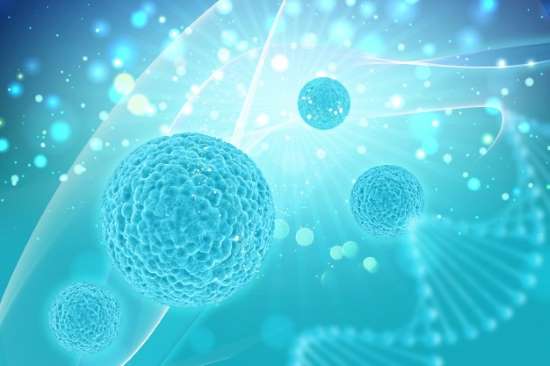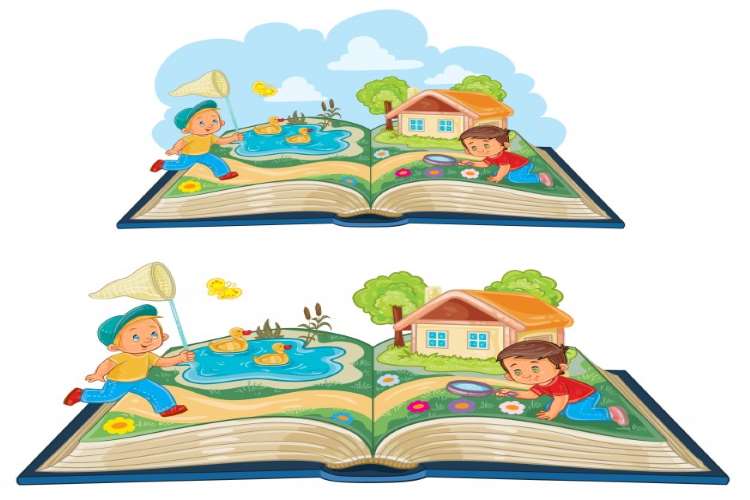Biology deals with living organisms and their life. It is a subject that can spark curiosity in your child if taught well. You can amalgamate fun activities with your teaching process to garner the interest of your child. Let’s look at what biology is and how you can help your kids learn it.

What is Life Biology for Kids?
Life biology, definition: Life biology is the study of living organisms that grow, metabolise, respond to stimuli and reproduce. From microscopic bacteria to gigantic whales, all living organisms fall under the scope of life biology.
Characteristics of a Living Organism

#1. Respond to Environment
All living organisms have one thing in common. It’s that they all respond to any stimulus in the environment. If you mistakenly step on a rock it will not respond, but if you step on a dog’s tail by mistake, it will feel pain and react. It’s because, unlike the rock, a dog is a living organism that reacts to environmental changes.
Also Read: 500+ Workshops to help you discover your kid’s hidden talents. Reviewing Real School Workshops
#2. Growth and Metamorphosis
All living organisms have the ability to grow and adapt to the environment. A seed can become a plant, provided that it gets the right conditions. On the contrary, a pebble will not grow, it will remain as it is. You can explain to kids the concept of growth and metamorphosis (change in the state) by giving such real-life examples.
#3. Reproduction
Living organisms can create more of their kind. This process is called reproduction. Whether the organism is a microscopic bacteria or a human being, all living organisms can reproduce and create a new life. The process of reproduction differs in different organisms.
#4. Have Intricate Chemistry
Flora and fauna have intricate chemistry. Take the example of a flower, it has a beautiful yet complex structure. So does a diamond crystal, but if you closely look at a crystal, it doesn’t show any change. On the contrary, a flower undergoes various growth processes, biomechanical reactions to produce food. This explains the intricacy of its structure.
#5. Maintain Homeostasis
The term homeostasis might sound daunting to your kids at first, but it’s easy to explain. You can take the example of a human body. The average temperature of a human body is 98.6 degrees Fahrenheit. If you step out of the house and the temperature is freezing, you would still not become an ice cube. It’s possible because living organisms can maintain a stable temperature condition with the outside environment. This is called homeostasis.
#6. Composed of Cells
Every living organism is made of similar building blocks that are called cells. Organisms such as elephants, fish, or even bacteria might look very different from the outside, but they all are the same on the cellular level. A cell is the basic structure and function of life in a living organism. All organisms are composed of one or more cells.
#7. Respiration
The process of breaking down the food to produce energy is called respiration. All living organisms survive because of this process. The chemical reactions in the living organism’s body are responsible for breaking down nutrient molecules from the food it consumes. Be it a plant or an animal, all go through this process.
#8. Nutrition
We need food and nutrition to survive and so do all the living organisms. They absorb nutrients like minerals and ions from organic substances. These nutrients consist of energy required for growth and cell repair.
Variety of Living Organisms
All living organisms share some similar properties, such as response to external stimulus, reproduction, and much more. There are different types of living organisms, such as bacteria, plants, animals, and fungi. Let’s have a look at all of them.
#. Animals
Animals are composed of multiple cells, therefore, they are called multi-cellular organisms. The different varieties of animals include mammals (such as human beings) and insects (such as houseflies, butterflies, etc.)
#. Plants
Plants are also called multi-cellular organisms as they also contain multiple cells that work together. Examples of plants are pea plants, maize plants, etc. Plant cells contain chloroplast (a green pigment to undergo photosynthesis). Photosynthesis is a process to convert light energy into chemical energy through cellular respiration. This process is done to produce food for the plants.
#. Fungi
Fungi is a living organism that can be single-celled and muti-cellular. The example of multi-cellular fungi is mushrooms, toadstools, and moulds. An example of a single-celled fungus is yeast. They do not undergo photosynthesis, so they use saprotrophic nutrition to produce food. They discharge enzymes on their food to make digestion happen outside the fungal cells.
#. Bacteria
The microscopic organisms which cannot be seen through naked eyes are called bacterias. They are single-celled. An example of bacteria is Lactobacillus Bulgaricus. This is a bacteria that helps produce curd from milk. Some bacteria can undergo photosynthesis, while most of them derive nutrition from other organisms.
Basic biology for kids
Biology includes branches like zoology, botany, genetics, and anatomy. All of these terms deal with different living organisms. Let’s start with how to explain botany (study of plants) to your kids and make it interesting.
You can do simple activities like growing a plant. Bring in some seeds from the market and sow them in the soil. Ask your kids to water the seeds regularly, and they’ll see the plant growing. You can explain to them the basic science behind the growth of the plant. This activity will engage them more in the explanation, and they would enjoy the process. You can make biology for children easy by doing such hands-on activities with them.
Conclusion
You can take real-life examples to explain the difficult concepts of biology to your kids, and they will show interest. Biology is an engaging subject. Get involved with your kid and patiently explain each term to them. You can also switch to The Real School Of Montessori for study help and guidance. It’s a new age school that provides online one-to-one mentoring to your kids. It trains them to become problem solvers, innovators through personalised and project-based learning. Visit the website to know more.
Also Read: Easy Yoga Asanas for Kids: Develop a Healthy Mind and a Healthy Body Through Yoga







